The 30-year anniversary of the Velvet Revolution culminates today, November 17. Concerts, processions and debates, will be taking place in cities across the Czech Republic.
November 17
On November 17, 1989, student protesters filled the streets of Prague. It was eight days after the fall of the Berlin Wall.
November 18
Striking actors in Prague opened theater stages only for public discussions, and university and performing arts students went on strike. Homemade posters and proclamations were posted in public spaces, and actors read a proclamation by the students and artists to audiences, calling for a general strike on 27 November.
November 19
In Prague, the Civic Forum (OF), which called for a change of the regime, was created. It was led by Václav Havel and other dissidents from Charter 77.
November 20
The students were joined in the coming days by Czechoslovak citizens of all ages. By Nov. 20, a half-million Czechs and Slovaks filled Prague’s streets and took over Wenceslas Square. The Communists were forced out.
Secretary General of the Central Committee of the Communist Party of Czechoslovakia, Miloš Jakeš, invited the so-called People’s Militia to Prague. They received weapons and ammunition.
November 21
Havel met with VPN representative Peter Zajac, marking the very first meeting between the two opposition movements. PM Ladislav Adamec agreed to meet with the representatives of the opposition, but on the condition that Havel would not be present.
Some 200,000 people demonstrated in Wenceslas Square in Prague.
November 23
Havel told the demonstration in Prague said that there was no way back to the totalitarian regime. The Minister of Defense also delivered a television address in which he called for an end to the demonstrations, but also declared that the army would not take action against the Czechoslovak people.
November 24
Alexander Dubcek appeared on the Melantrich balcony with Vaclav Havel. The meeting broke up with chants of “Dubcek to the Castle” and calls for another mass demonstration on the larger Letna plain.
Miloš Jakeš, the General Secretary of Communist Party resigned.
November 26
Half a million people attended a massive demonstration in Letna. This time the crowd were addressed by the Prime Minister Ladislav Adamec.
November 27
A two hour symbolic general strike takes place. It would take place at midday and students volunteered to man crucial shift work and emergency services, so that production and public safety would not suffer. The strike action was successful – over 50% of the entire population stopped working.
November 28
Representatives of OF, VPN, the federal parliament and PM Adamec met in Prague. Adamec promised to introduce the government by December 3. They discussed the release of political prisoners and the abolishment of articles about the leading role of the party and the Marxism-Leninism doctrine.
November 29
Parliament voted in favor of the legislation and also abolished the provision that made Marxist-Leninist ideology a mandatory part of school curriculum. After ten days of non-violent protest, the the Party had lost their stranglehold on the Czechoslovak state.
December 3
The Soviet Union and the Warsaw Pact issued separate statements condemning their invasion of Czechoslovakia in 1968.
December 7
Adamec resigns as Prime Minister.
December 10
After he swore in a new government of opposition activists and moderate Communists under Communist Prime Minister Marian Calfa, Husak finally stepped down as president.
December 16
Havel appears on television and announces he would accept the presidency, but only until free elections can be held.
December 20
Disturbing the Peace, a book which records an extended conversation between Havel and Karel Hvizdala (a Czech journalist living in Bonn, Germany), is released. The publisher, Melantrich, has put together and released the book in an unprecedented ten days.
December 29
Havel is unanimously elected President of Czechoslovakia by the parliament.
Albertov and Národní třída in Prague are symbols of November 17th and this year they will become essential places to celebrate the 30th anniversary of the beginning of the Velvet Revolution.
The Freedom Festival, as the citizens’ initiative calls the set of events, will occur on Sunday 17 November in Albertov and then follow up with a series of other events. See what happens and where.
Velvet procession
A memorial procession on the route of the student manifestation on 17 November 1989. It is organized by the Freedom Festival initiative and ART Prometheus.
- When: November 17, starts at 14:30 on Albertov for approximately 2.5 hours.
- Route: Albertov – Na Slupi – Přemyslova – In the Fortress – the circuit at Vyšehrad – In the Fortress – Vratislavova – Vnislavova – Subway railway bridge at Výtoň- Rašínovo Embankment – Masarykovo Embankment – ends at Národní třída.
Free November: Commemorating November 17 at Albertov
Meetings of academics, students and citizens, concerts, discussions, presentations of student activities. Organized by: Center of Associations, Students and Graduates of Charles University.
- When: November 17, starts at 9:00 until 14:30 approximately.
During the day, student clubs will present their activities at Albertov, several discussions will take place, and there will be a chance to see a unique exhibition of 17 stories of 17 November from 17 faculties of Charles University.
Velvet sanctification
Satirical parade of masks, performers and musicians through the centre of Prague. Organized by: FORUM association
- When: November 17, starts at 14:00 at Kampa for approximately 3.5 hours.
- Route: Kampa – Maltese Square – Charles Bridge – Smetana Embankment – Národní třída – Na Perštýně – Jilská – Old Town Square – Celetná – Hybernská (ending in the courtyard of the Hybernská Campus).
Communication 89
A multimedia exhibition in a unique space in Letná. Organized by Shoah Memorial Prague o.p.s.
- Where: Letná Plain (opposite Generali Arena)
- Opening hours: 10:00 – 18:00. Open until the end of November.
The memory of a Nation: 1989
Projection and light installation on Národní třída
- Where: Národní třída
- When: November 17, at 17:00, 18:45 or 20:00
This year’s memory of the nation is preparing a stunning light installation and projection at Národní třída. Light, sound, atmosphere, but mainly stories related to the anniversary of the Velvet Revolution. The screening is presented by Memory of Nation in collaboration with 3dsense and the association Díky, že můžem.
Nation Memory Awards
The award ceremony for personalities who have shown in their lives honour, freedom and human dignity. Organized by: Post Bellum, o.p.s.
- Where: National Theater
- When: November 17, at 20:00
ČT2, STV and ČRo Plus will broadcast the National Memory Awards live
This year’s laureates are Władysław Frasyniuk (Poland), László Regéczy-Nagy (Hungary), Dietrich Koch (Germany), Dalma Špitzerová (Slovakia) and Miroslav Hampl (Czech Republic).
Concert for the future
Concerts and speeches on Wenceslas Square. Organized by: Nerudný fest.cz
- When: November 17, 16:30 – 22:00
- Performers: Mig 21, Tata Bojs, Buty, Vypsaná fiXa, Aneta Langerová, Vltava, Už jsme doma, Lenka Dusilová, Matěj Ruppert, Poletíme?, Bára Zmeková, Thom Artway, František Černý and Karel Holas from Čechomor, Circus Brothers or Skety.
- Speakers: William Luers (USA), Michael Žantovský, Šimon Pánek, Jiří Přibáň, Václav Malý, Petr Pavel, Jan Kysela, Nora Fridrichová, Lída Rakušanová, Eva Dudová, Anna Hogenová, Lucie Smolková, Tomáš Halík, Jáchym Topol, Martin Mejstřík, Hynek Čermák, David Klimeš and Rosťa and Šimon Novák.
Korzo Národní
Great street party in Národní třída. Organized by: Association Díky, že můžem.
- Where: Národní třída
- When: November 17, 10:00 – 22:00 outdoors / followed by concerts at Rock Café and FAMU Club
Throughout the day there will be a rich program on several stages and the street, in addition to concerts and theatres, exhibitions, children’s program, lectures and workshops.
Light, sound, but mainly stories related to the anniversary of the Velvet Revolution. A stunning light show will take place along Národní třída on November 17th.
The screening, which is part of the event Korzo Národní: 30 Years of Freedom, will be presented by Memory of the nation: 1989 produced in cooperation with Post Bellum nad 3dsense.
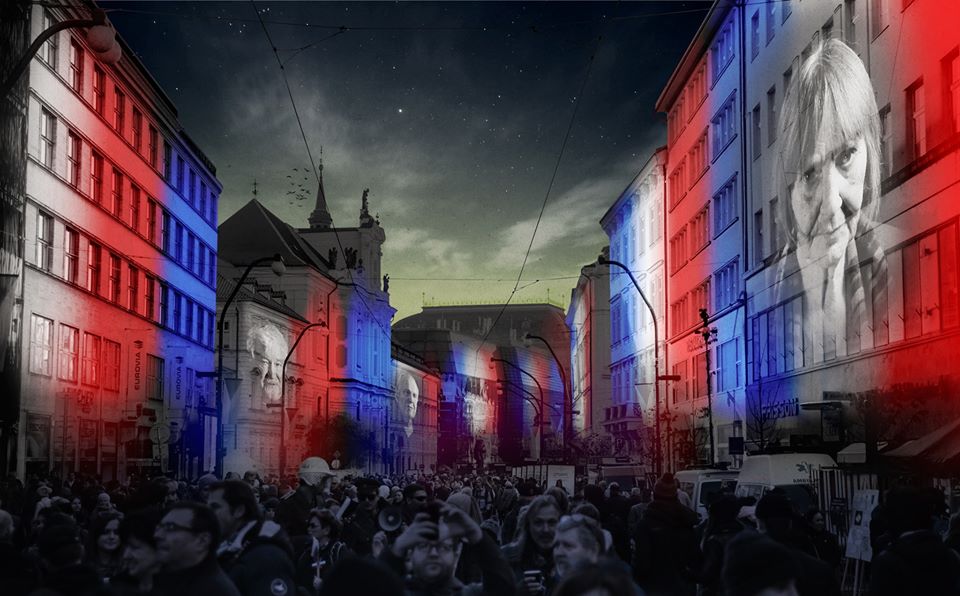
About Korzo Národní
Korzo Národní is the biggest and longest continually organized celebration of the Struggle for Freedom and Democracy Day in Prague. Since 2014, it takes place on Národní street, where a massive student demonstration started the Velvet Revolution on the 17th of November 1989, which subsequently led to the fall of the communist regime.
The festival program consists of various artistic performances on the street, such as music concerts, theater performances for children and adults, photography exhibitions, educational events, authors‘ readings, representation of NGOs and much more. All events run from 10 am to 10 pm and are followed by an afterparty in the music club Rock Café. This year will perform David Koller, Aneta Langerová, Tata Bojs, Prago Union, Dagmar Pecková, Michael Kocáb, Dagmar Havlová, Václav Marhoul and more.
Velvet Parade
Let’s walk along the route of the student manifestation which triggered the events of the Velvet Revolution exactly 30 years ago! On 17th November we will reconstruct the student parade from Albertov to Národní St. Everybody can join us. Along the way, you will experience the atmosphere and learn what and where happened on that fateful day.
You can find the official program here
The first demonstrations took place in January 1989. Protesters marking 20 years since Jan Palach self-immolated in protest against the Soviet-led invasion of 1968 were brutally dispersed by police.
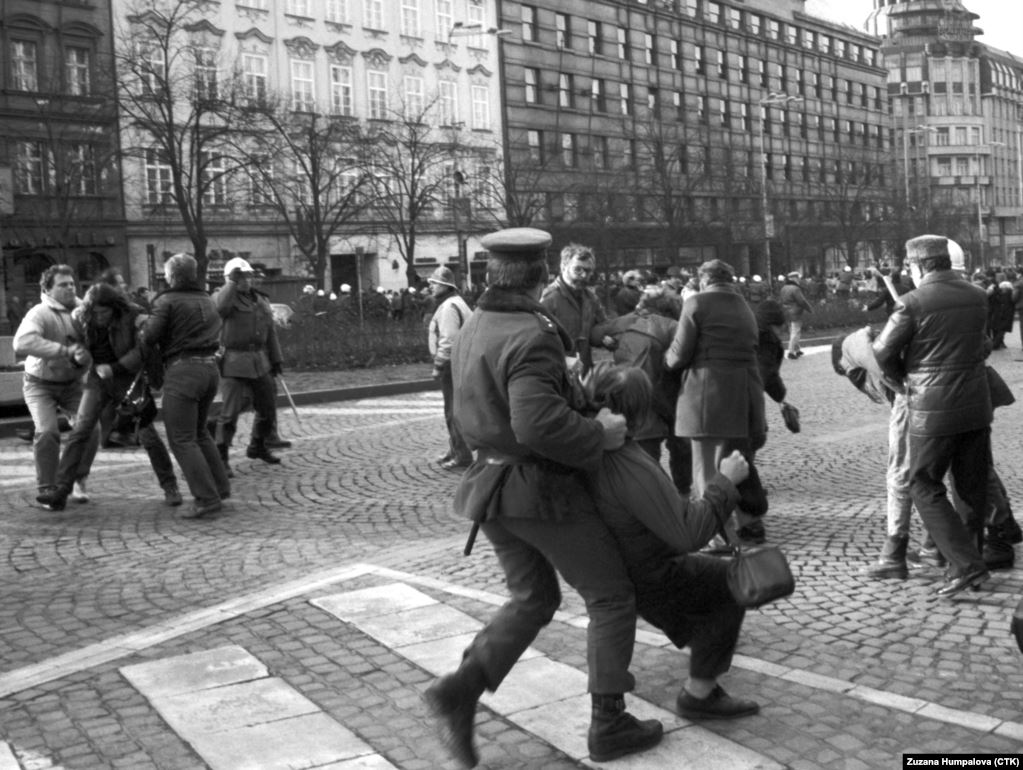
The next protest was held on October 28, 1989, the anniversary of the founding of Czechoslovakia in 1918.
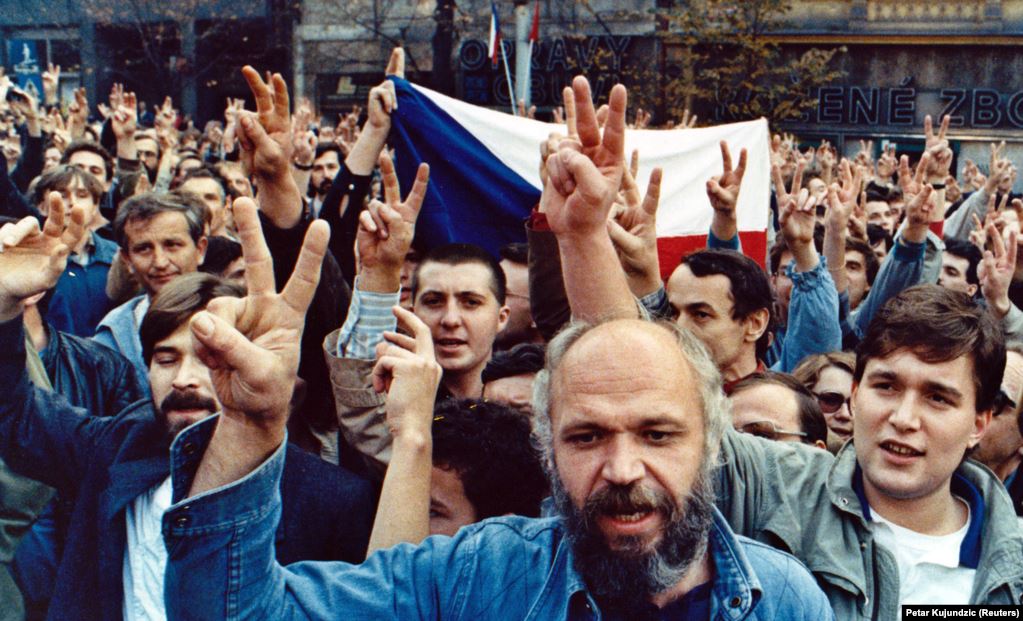
November 17, 1989: the biggest protest for 20 years.
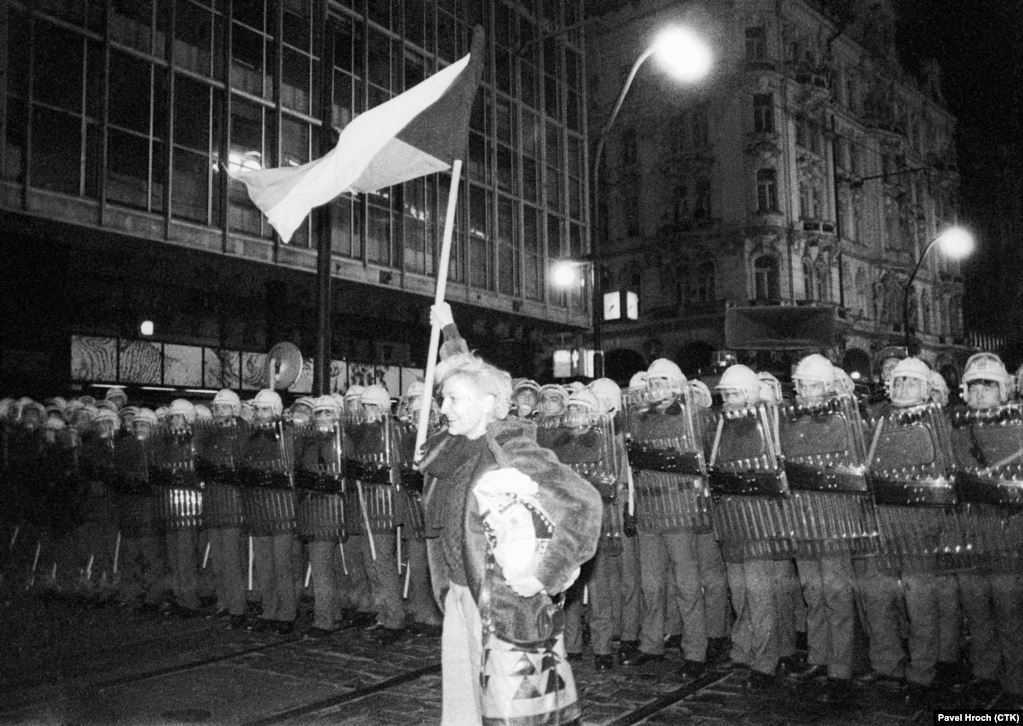
On November 19, riot police blocked a bridge to prevent protesters marching to Prague Castle.
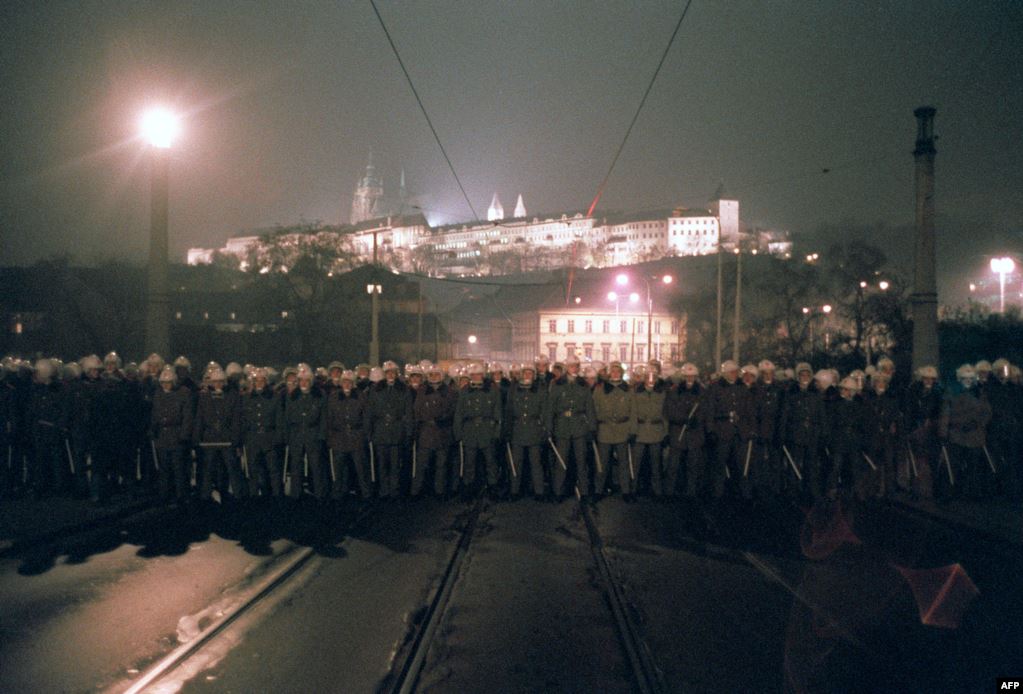
On November 21, more than 200,000 demonstrators took to the streets of Prague for a fifth consecutive day of protests.
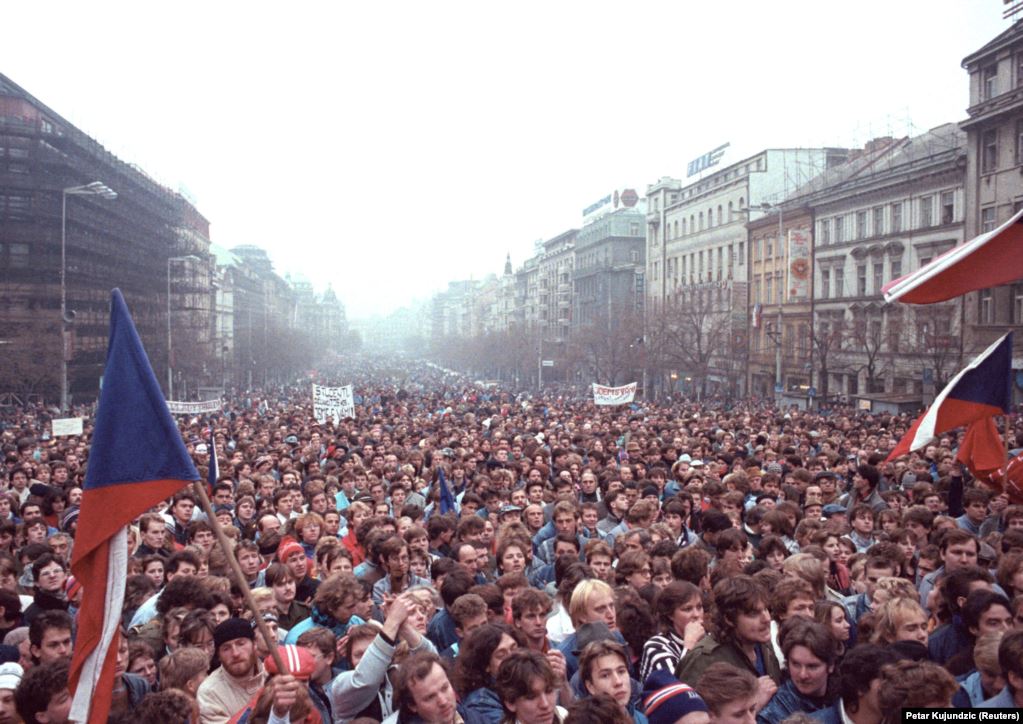
Vaclav Havel addressed the massive crowd from a balcony overlooking Wenceslas Square.
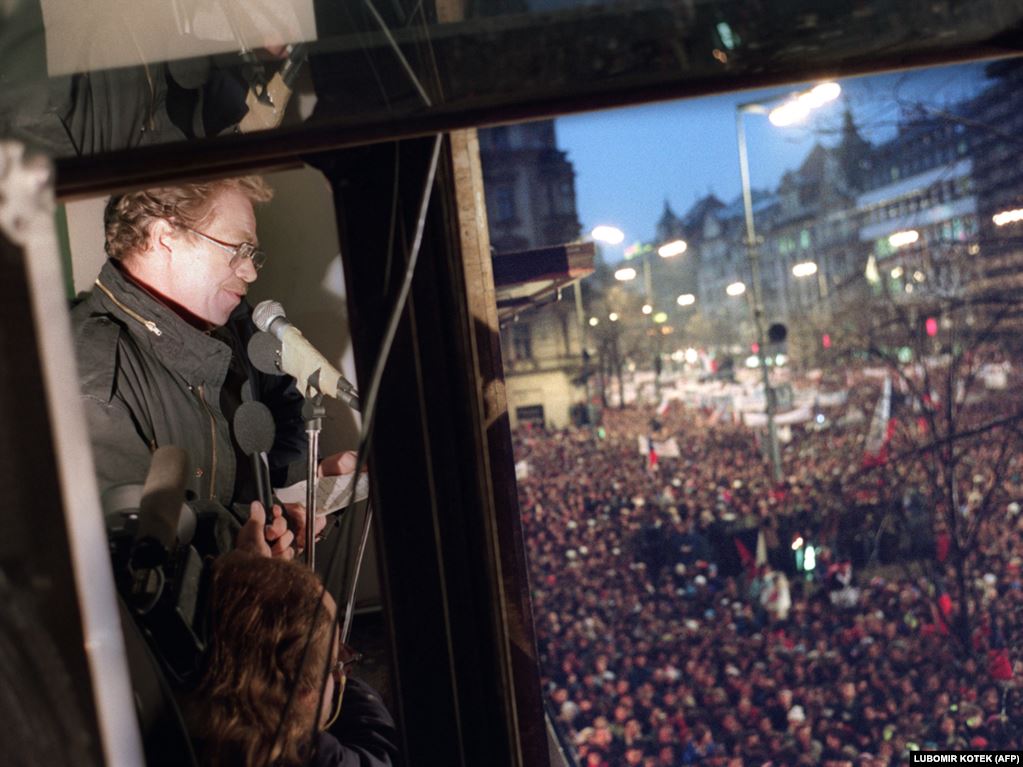
Half a million people came to listen to speeches from Havel and other opposition leaders.
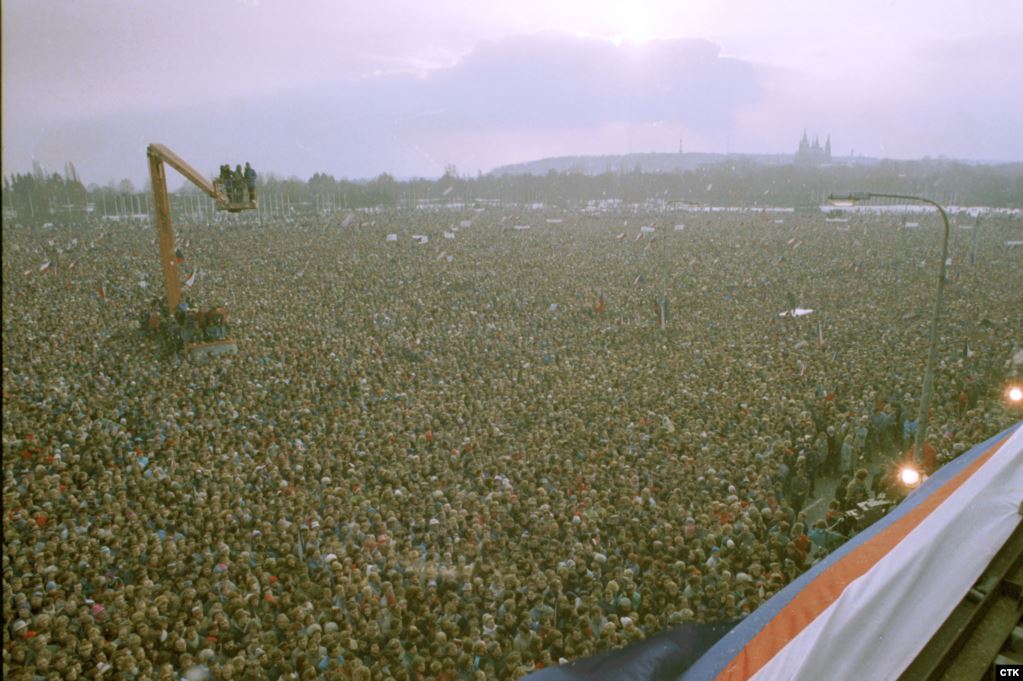
Wenceslas Square, December 19, 1989.
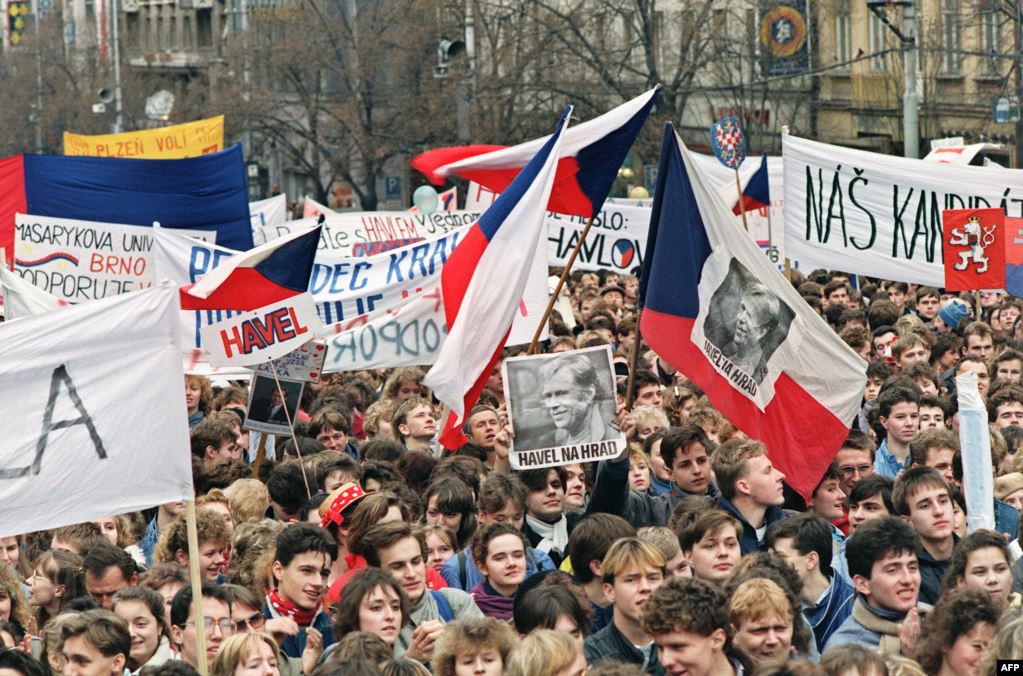
On December 29, 1989, Vaclav Havel and his wife, Olga, greeted citizens at Prague Castle after being appointed by the Federal Assembly as the new president of Czechoslovakia
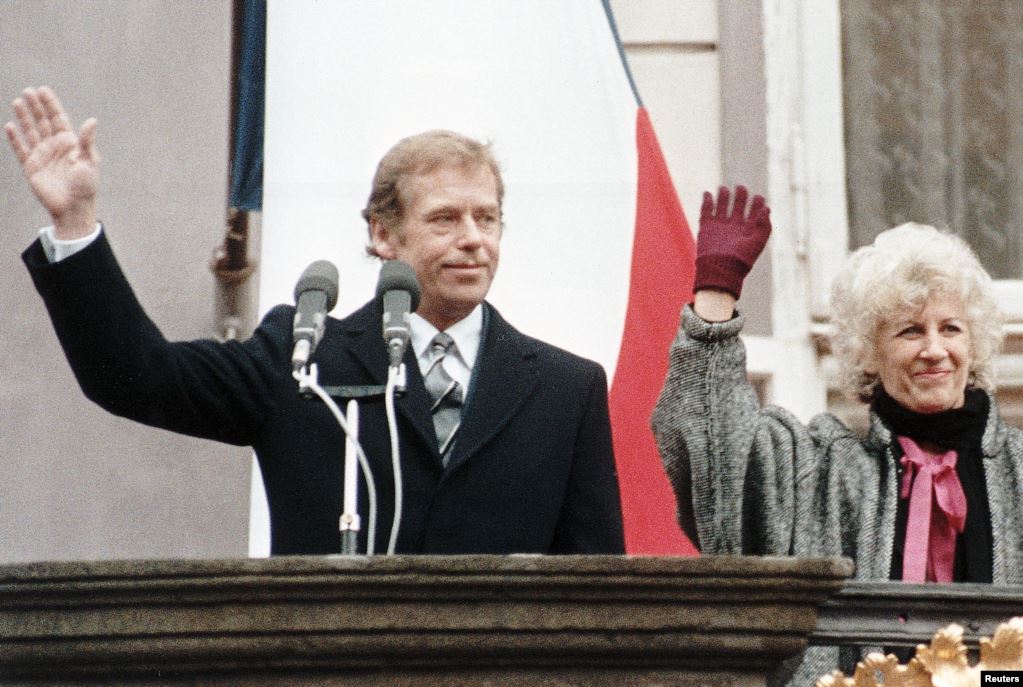
December 31, 1989.
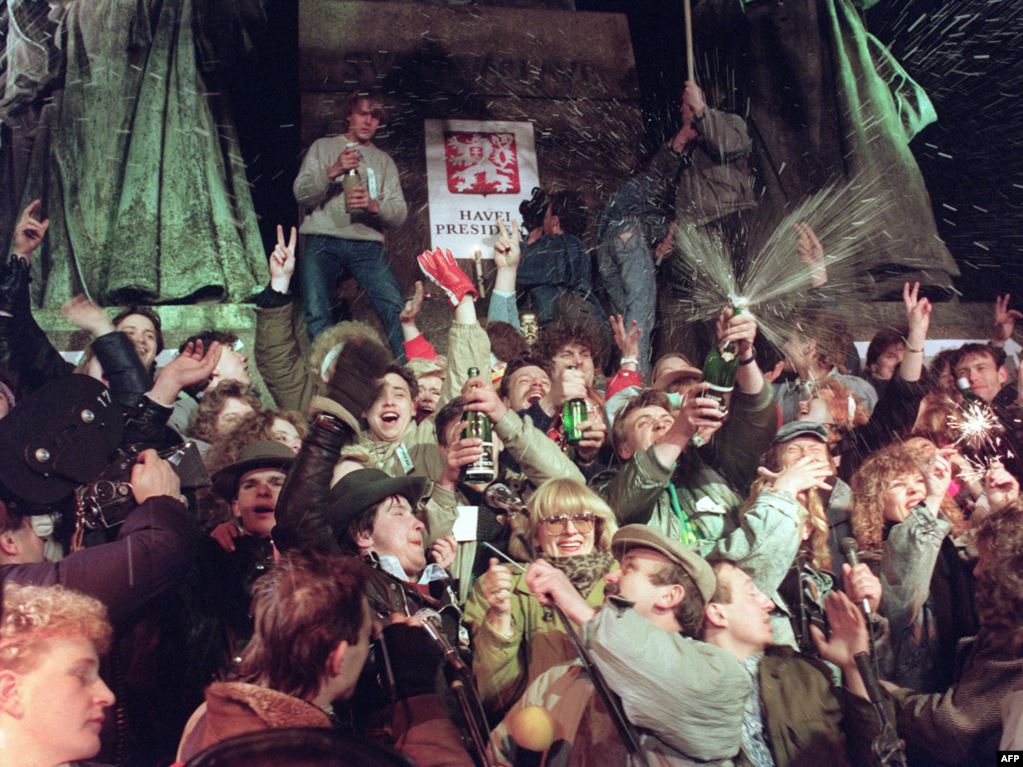
In order to commemorate the 30th anniversary of the Velvet Revolution, the Office of the Government of the Czech Republic is going to open for the public Liechtenstein Palace at the Kampa, a historic palace built in the late 17th century, renovated in 1864.
Liechtenstein Palace is one of the most beautiful and largest palaces in Prague. It´s used for representative purposes by The Office of the Government of the Czech Republic.
On the second floor, there are apartments, in which stayed, for example, Spanish King Juan Carlos with his wife Sofie, British Queen Elisabeth II, Japanese Emperor Akihito with Empress Michiko. The halls and salons in the basement are used for working meetings and friendly gatherings.
Between 1979 and 1991 the palace was renovated according to the project of architect B. Fuchse jr. and adapted to serve the purposes of the Government Presidium. Its premises were enlarged by one basement level and the peripheral walls were secured against the threat of slipping down into the Vltava river
From 1895 the palace belonged to the Prague Municipality, which used it for a variety of official purposes, and made several adaptations. The enclosing wall was pulled down in 1941 – 1942, and after World War II the garden became a public park.
The disastrous floods in 2002 devastated the ground floor premises, and the palace had to undergo another, costly renovation.
More info here
Sculpture by the Sea is delighted to announce that a showcase of 10 acclaimed Czech and Slovak artists will exhibit at this year’s Bondi exhibition in celebration of the 30th anniversary of the Velvet Revolution, which marked the ending of over 30 years of totalitarian Communist rule.
The showcase will join over 100 sculptures from around the world on Sydney’s breathtaking 2km Bondi to Tamarama coastal walk at Sculpture by the Sea, Bondi 2019, the world’s largest annual free-to-the-public outdoor sculpture exhibition, running from 24 October – 10 November.
“It is an honour to work with the Czech and Slovak artists to present this showcase in celebration of the end of a dreadful period of their history,” said Sculpture by the Sea founding director, David Handley. “I lived in Prague for a few years shortly after the end of communist rule. It was a time of wonderful, lively freedom. During this time, I ‘got’ the drama and theatricality of sculpture thanks to an exhibition staged by Vaclav Fiala. This led directly to the first exhibition of Sculpture by the Sea. Twenty three years later and 30 years after the revolution we are celebrating together in a happy go lucky exhibition on the coast of the lucky country, something the artists would not have been allowed to do 30 years ago.”
Set to be a highlight of the showcase, and exhibition as a whole, Sculpture by the Sea, Bondi 2019 will feature a work by Czech Republic’s most infamous and controversial artist, David Černý, who famously painted the Monument to Soviet Tank Crews memorial in Prague pink in 1991 and was later arrested for hooliganism.
Černý’s rebellious act will be reborn in Marks Park, as a large scale steel sculpture titled Pinktank Wrecked. Alongside Černý, the Czech and Slovak artists to exhibit are:
• Vacláv Fiala, recipient of the major prize at Sculpture by the Sea, Bondi in 2004 and 2005 returns to exhibit Tower of Jan Palach
• Viktor Freso, a Slovakian artist who has exhibited internationally and been represented in many public and private collections, including the National Gallery in Prague. Freso will exhibit Angry Boy, a large white figure that deals with the boundary emotions and consciously raises debates about stereotypes of perception of art and values of artistic operation.
• Jakub Geltner, the previous SxS Bondi, Cottesloe and Aarhus artist will exhibit a large orb of satellite dishes, Complex Nest, that have a become symbolic part of the cultural landscape.
• Monika Horčicová, a young Czech artist whose work explores themes of infinity, will exhibit a 4m high resin ‘tripod’ structure of a skeleton that will act as a visitor from another universe looking at us from above.
• Krištof Kintera, a Czech artist with works held in private and public international collections including the Museum der Moderne Salzburg, Austria; Fogg Art Museum, Harvard University, Boston; and Prague City Gallery. Kintera brings Lay Down and Shine to Bondi, a disassembled streetlamp exploring the routine of verticality.
• Jana Kroftová, graduate in sculpture from the Academy of Fine Arts in Prague, will exhibit a 2.2m tall gold, fibreglass statue called Golden Age in the tradition of antique sculpture, which is strong but old as a metaphor of European culture.
• Monika & Bohus Kubinsky, a Slovak painter/restorer and sculptor respectively who were both awarded a scholarship by the Jackson Pollock Foundation, New York in 1997.
• Lubomir Mikle, an active member of international sculpture symposiums and frequent Sculpture by the Sea contributor at Bondi and Cottesloe, the Slovak artist will exhibit an almost 4m tall plastic and steelwork that evokes “once upon a time”.
• Lukáš Rittstein & Barbora Slapetova, architecture and design graduates with exhibitions in Budapest, Munich, New York, Prague and Berlin, will exhibit Bird of Paradise, a large steel bird emerging from a car, a symbol of purity with extraordinary colours that work as an impetus for dance and love.
The Czech and Slovak showcase has been made possible thanks to the support from the Czech and Slovak governments, as well as the Howarth Foundation. This year marks the 23 rd year that Sydney’s breathtaking 2km Bondi to Tamarama coastal walk has been transformed by Sculpture by the Sea, Bondi with the installation of over 100 sculptures by artists from across the world.
The exhibition is free to the public and runs from Thursday 24 October until Sunday 10 November 2019.
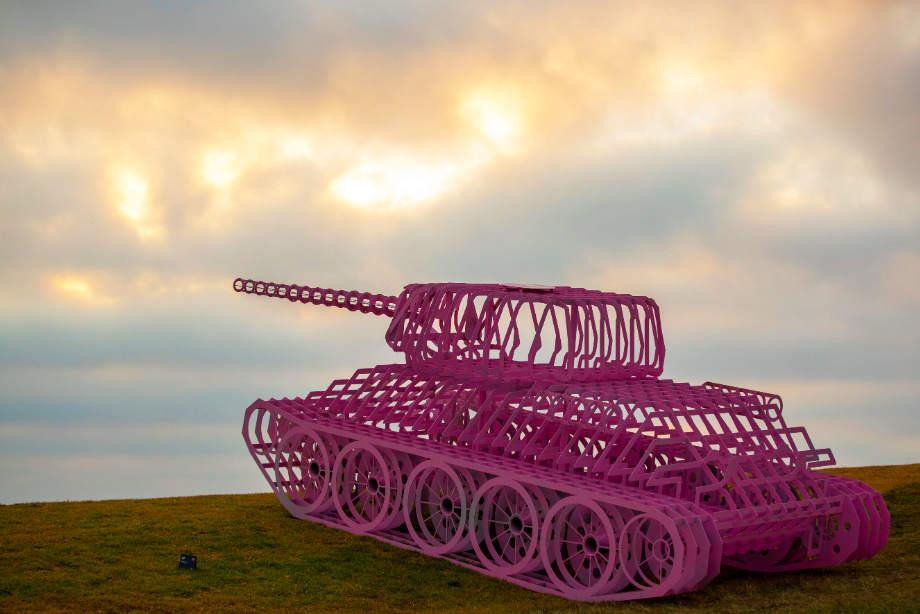
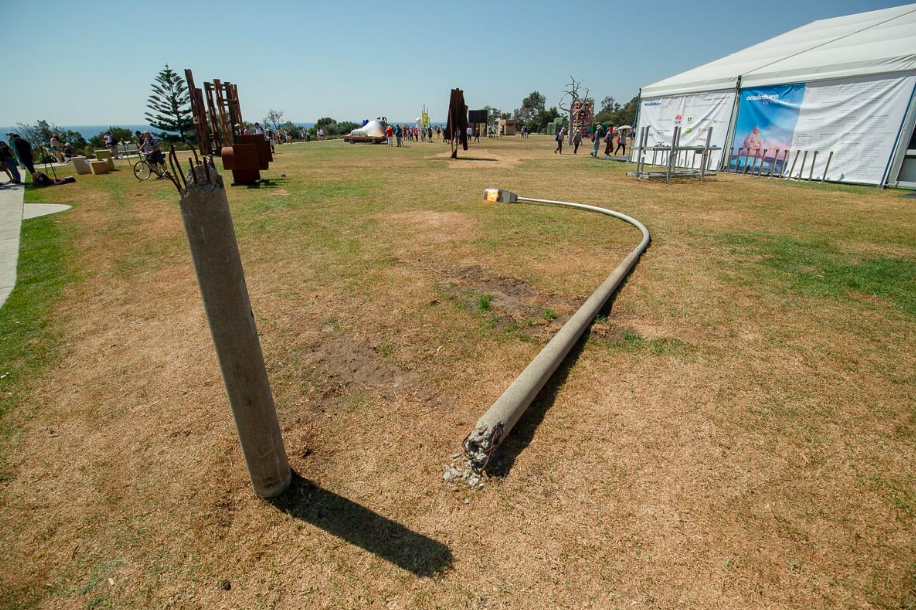
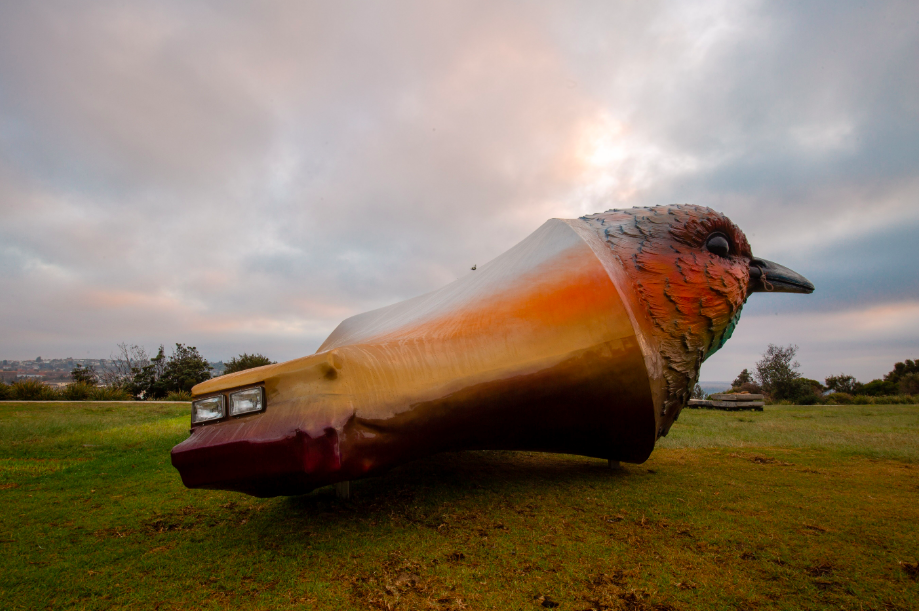
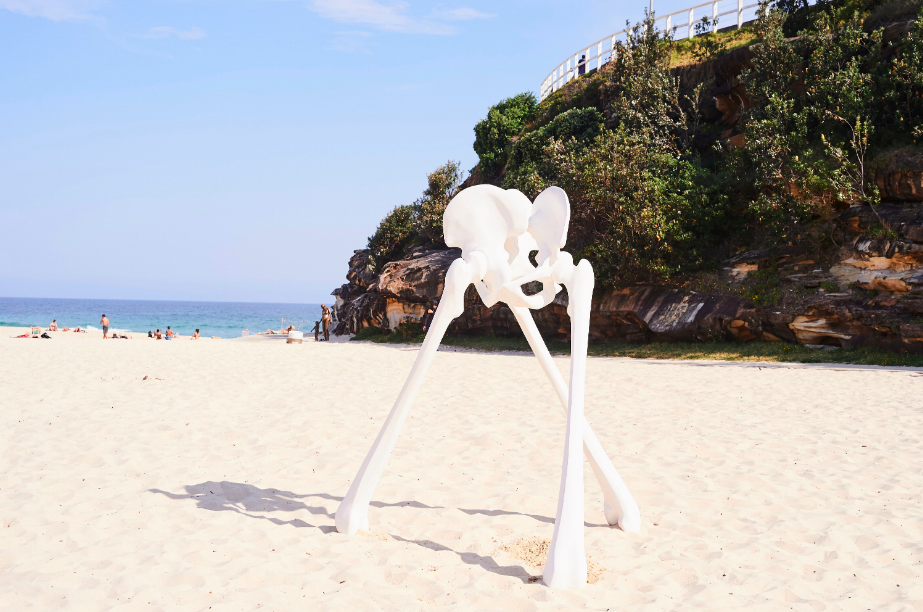
Thanks, that we can – This is the message we want to spread on the 17th of November on Národní street, where things started to move thirty years ago. Thanks to the Velvet Revolution on 17th November 1989, we now live in a free and democratic society. Playfully but also with dignity, we pay tribute to the actors of the revolution and celebrate the achieved goals and opportunities that were given to us. We want to actively show and demonstrate how we really benefit from the gained freedom – in arts, civic life, public space. Come to celebrate and enjoy this day with us!
What do we do?
Korzo Národní
Korzo Národní is the biggest and longest continually organized celebration of the Struggle for Freedom and Democracy Day in Prague. Since 2014, it takes place on Národní street, where a massive student demonstration started the Velvet Revolution on the 17th of November 1989, which subsequently led to the fall of the communist regime.
The festival program consists of various artistic performances on the street, such as music concerts, theater performances for children and adults, photography exhibitions, educational events, authors‘ readings, representation of NGOs and much more. All events run from 10 am to 10 pm and are followed by an afterparty in the music club Rock Café. This year will perform David Koller, Aneta Langerová, Tata Bojs, Prago Union, Dagmar Pecková, Michael Kocáb, Dagmar Havlová, Václav Marhoul and more. The highlight of the program will be the lighting installation and projection called Memory of the nation: 1989 (produced in cooperation with Post Bellum nad 3dsense).
Velvet Parade
Let’s walk along the route of the student manifestation which triggered the events of the Velvet Revolution exactly 30 years ago! On 17th November we will reconstruct the student parade from Albertov to Národní St. Everybody can join us. Along the way, you will experience the atmosphere and learn what and where happened on that fateful day.
Art for Freedom! Student Exhibition
Forty students from different schools and faculties entered the competition called 30 Years of Freedom in Art. The winning student work of Dana Vojtíška, Sofia Makanová, Lucie Michnová, Kateřina Kuchtová, Dana Kinská, Jakub Ra, Jana Kvíza, Martina Kyjovská, and Jana Hladíková is displayed on advertising spaces at one of the most frequented streets of Prague and Václav Havel Airport.
Lightened monuments all around Europe
Let’s create the biggest joint celebration of freedom in Europe together. By lighting up one of the symbolic buildings of your city with a tricolor or a flag of celebrating country, in the days of specific anniversaries. We had already celebrated the anniversary of freedom in Poland, Lithuania, Latvia, and Estonia in this way. Look at photo reports and join us for the next action (Hungary 23th October, Germany 9th November, Bulgaria 10th November, Czechia, and Slovakia 17th November and 16th December in Romania).
The exhibition in the Summer Palace and the surrounding garden is devoted to the year 1989.
Almost 70 Czech, Slovak, and several foreign photographers offer their authentic testimony about what happened before 30 years in the time when the countries of the so-called Socialist Bloc began to move towards democracy and freedom.
Visitors will see pictures of Jindřich Šreit, Viktor Kolář, Vladimír Birgus, Pavel Štecha, Herbert Slavík, Jan Šilpoch, Karol Kállay, Andrej Bán, Dana Kyndrová, Miroslav Zajíc, Jaroslav Kučera and others.
“It is a selection of truly unique moments that often do not need any further words or explanations,” a castle spokesperson commented. “They accurately reflect the unique atmosphere, enthusiasm, hope, determination, and desire for freedom. Outside and inside, there are screens showing the most important events.”
“We contacted dozens of photographers from all over the country and the preparation took exactly one year,” commented photographer Kučera, who came up with the idea of organising such a large exhibition.
“And it was necessary to do it now, on the 30th anniversary, while we still have the power to complete such a big project,” he added, referring to the fact that the exhibition was put together by those people that experienced the Velvet Revolution first hand.
According to the organisers, the aim of the exhibition is to get new generations closer to those dramatic events, more than history textbooks could ever do.
More details here.

© Jaroslav Kučera

© Jaroslav Kučera

© Jaroslav Kučera

© Jaroslav Kučera
The Czech Center New York together with its partners have prepared a rich and varied program of events dedicated to the celebration of the 30th anniversary of the Velvet Revolution.
The overarching theme of the events is freedom. Concerts, theater performances, exhibitions, film screenings, discussions, and other programs will be held at the Bohemian Nation Hall in Manhattan from September to November 2019.
The main events include the performance of Audience, the one-act theater play by Václav Havel, starring Jakub Špalek and Jan Potměšil. The actors are also figures who have become part of the history of the Velvet Revolution itself, and they will discuss their experiences and insights after their performance, which is part of the Rehearsal for Truth Theater Festival.
No less expected is the concert of the band Garage, one of the symbols of the Czech independent music scene. Just like Audience, the Garage concert will be performed in two other American cities as well: Washington, D.C. and Chicago.
The Czech Center New York Gallery will also present two exhibitions. The exhibition Václav Havel, Citizen and Dramatist, prepared by the Arts and Theater Institute (Prague), will be on view from September through October. In November and December, it will be followed by an exhibition of the National Museum of the Czech Republic, specially prepared for the United States and other Czech Centers in the world, called Velvet Revolution 1989.
The program of the 30th-anniversary celebration will also include a special concert performed by the New York Mannes School of Music, which will introduce Czech composers and premiere a new composition by a US-based composer in honor of Václav Havel.
Visitors will also be able to learn about the history of the Velvet Revolution during the guided tours of the Bohemian National Hall (Open House New York) and other discussions and film screenings.
The highlight of the celebrations will be on Friday, November 8, 2019, when a diverse series of events is prepared at the Bohemian National Hall in New York, including discussions, tours of the Velvet Revolution 1989 exhibition, and a reception. The main part of the evening will be the concert of the legendary Czech band Spirituál Kvintet that will perform in New York as part of their 60th – and last – concert tour season.

